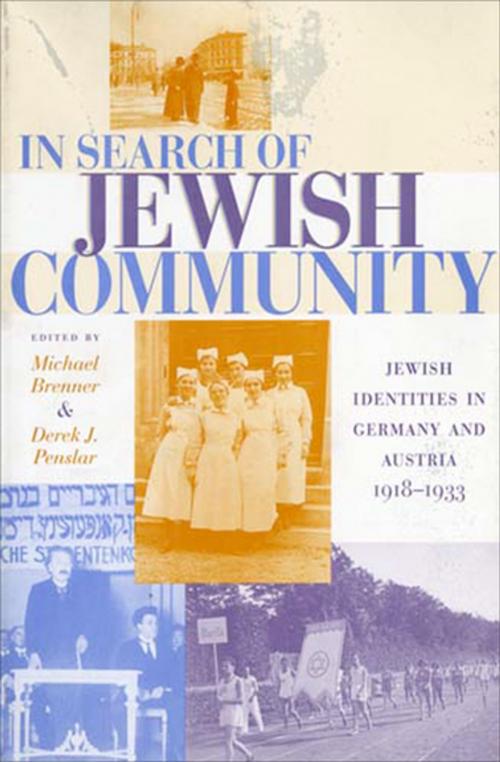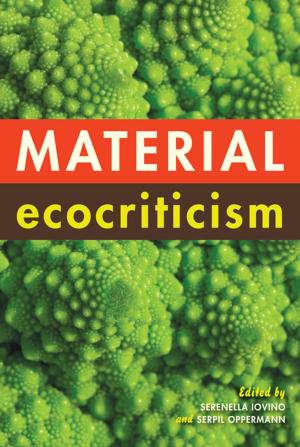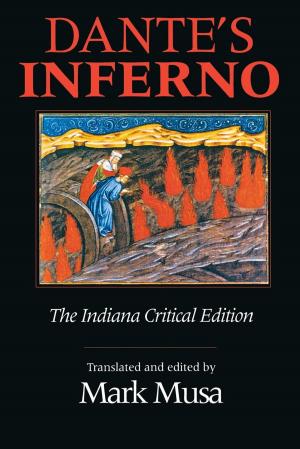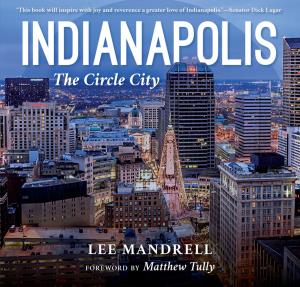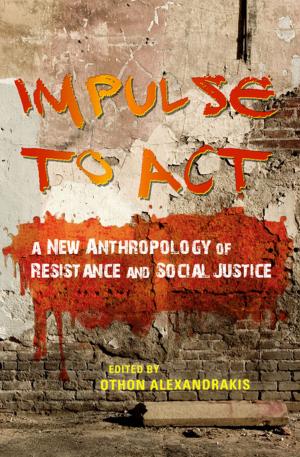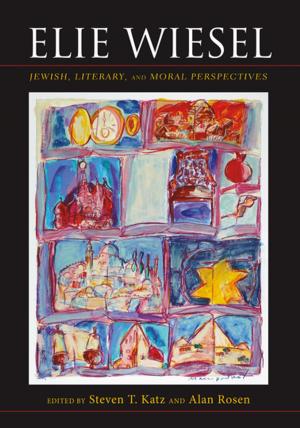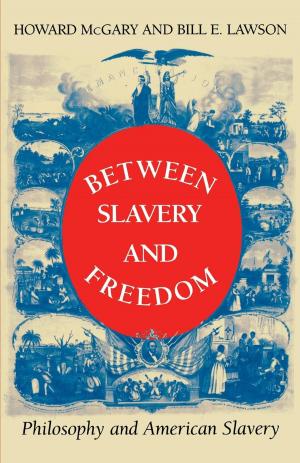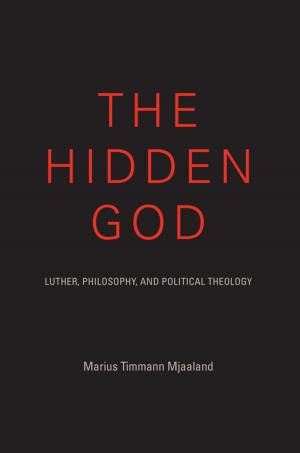In Search of Jewish Community
Jewish Identities in Germany and Austria, 1918–1933
Nonfiction, Religion & Spirituality, Judaism| Author: | Michael Brenner, Derek J. Penslar | ISBN: | 9780253000576 |
| Publisher: | Indiana University Press | Publication: | January 22, 1999 |
| Imprint: | Indiana University Press | Language: | English |
| Author: | Michael Brenner, Derek J. Penslar |
| ISBN: | 9780253000576 |
| Publisher: | Indiana University Press |
| Publication: | January 22, 1999 |
| Imprint: | Indiana University Press |
| Language: | English |
A collection of essays interrogates the nature of Jewish identity in the time between two world wars.
The history of Jews in interwar Germany and Austria is often viewed either as the culmination of tremendous success in the economic and cultural realms and of individual assimilation and acculturation, or as the beginning of the road that led to Auschwitz. By contrast, this volume demonstrates a re-emerging sense of community within the German-speaking Jewish population of these two countries in the two decades after World War I. The fresh research presented here shows that while Jews may have experienced a deepening sense of impending crisis and economic decline, a renewal of Jewish communal life took place during these years, as new groupings sprang up, including organizations for youth, for rural Jews, and for political groups such as Zionists and Bundists. Several chapters consider the impact of economic and political crises on German-Jewish family life. Together, these essays form a complex mosaic of German Jewry on the eve of its demise.
“An excellent collection . . . well written and cogently argued.” —David N. Myers
A collection of essays interrogates the nature of Jewish identity in the time between two world wars.
The history of Jews in interwar Germany and Austria is often viewed either as the culmination of tremendous success in the economic and cultural realms and of individual assimilation and acculturation, or as the beginning of the road that led to Auschwitz. By contrast, this volume demonstrates a re-emerging sense of community within the German-speaking Jewish population of these two countries in the two decades after World War I. The fresh research presented here shows that while Jews may have experienced a deepening sense of impending crisis and economic decline, a renewal of Jewish communal life took place during these years, as new groupings sprang up, including organizations for youth, for rural Jews, and for political groups such as Zionists and Bundists. Several chapters consider the impact of economic and political crises on German-Jewish family life. Together, these essays form a complex mosaic of German Jewry on the eve of its demise.
“An excellent collection . . . well written and cogently argued.” —David N. Myers
